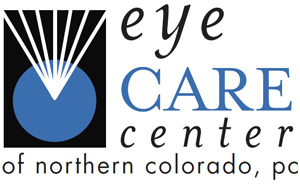Dry eye occurs when the quantity and/or quality of tears fails to keep the surface of the eye adequately lubricated. Dry eye affects millions of adults in the U.S. and an increasing number of younger patients as we blink up to 35% less frequently while looking at our computers or phones. Dry eye can occur when basal tear production decreases, evaporation increases, tear composition is imbalanced or the glands in our eyelids that produce the oily portion of our tears are compromised.
Factors that affect dry eye include age, medications, commercial eye makeup removers, screen time, autoimmune diseases and the environment.
Treatments include establishing healthy eyelids and lashes, researched nutritional supplements, prescription and nonprescription artificial tears, procedures such as lipiflow, very specific contact lens called scleral lens, autologous or blood serum tears, bandage contact lens and even laser procedures. Treatments vary and are specific for each patient.

 By
By